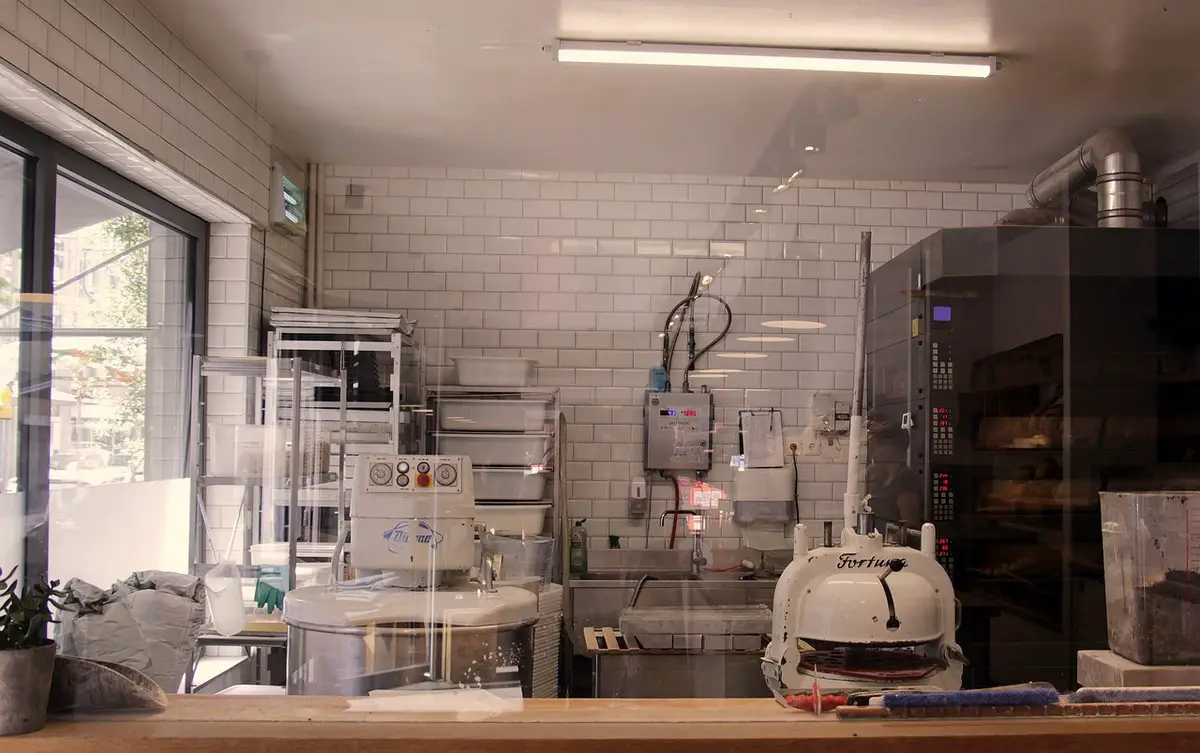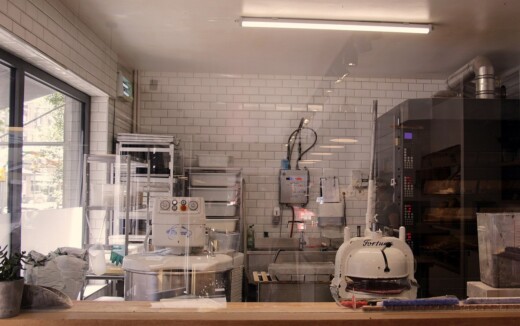Navigating safety standards and compliance in confined spaces guide, Building potential hazards tips, PPE personal protective equipment
Navigating Safety Standards and Compliance in Confined Spaces
19 November 2023
This article was sent to us by Smith Marnus [email protected] but failed to complete the deal.
Work in confined spaces demands attention to detail, a comprehensive understanding of safety standards, and a resolute commitment to compliance in the world of industrial work.
Picture yourself entering a confined space where the walls appear to be closing in, the air is thick, and potential hazards are concealed. This is not a scene from a suspenseful movie, but a reality that countless workers encounter on a daily basis.
In this blog, we will delve into the critical issues surrounding confined spaces, unravelling the complex network of safety standards and regulations that govern work in and around them. We will examine the essence of compliance and its crucial role in maintaining safe working environments. From understanding the intricacies of confined spaces to deciphering the fundamental elements of safety standards, we will provide you with the insights and knowledge necessary to navigate these challenges effectively.
This blog guides anyone interested in workplace safety, whether you’re a safety professional, a worker who enters confined spaces, or simply seeking knowledge. Throughout our journey, we will examine the fundamental elements of confined space safety, including hazard assessment, permit systems, atmospheric monitoring, and personal protective equipment (PPE). Additionally, we will explore emergency protocols, the importance of comprehensive training, and strategies to ensure compliance is not just a checklist but a dedication to preserving lives.
Read More: Top 7 Most Famous Professional Roulette Players Guide
Understanding Confined Spaces
Before we explore safety standards and compliance, it is important to establish the definition of a confined space. Confined spaces are not intended for continuous habitation, have limited entry and exit points, and may present hazards due to their size and layout. Not all confined spaces are identical, as some necessitate special permits due to their heightened risks; these are referred to as permit-required confined spaces.
Overview of Key Safety Standards
The Health and Safety Executive (HSE) and other similar organisations across the globe are responsible for outlining the guidelines aimed at safeguarding workers in confined spaces. These regulations encompass various aspects, such as identifying potential hazards and emergency protocols, to provide a comprehensive structure for ensuring safety.
Importance of Compliance
Complying with standards is essential because it helps protect lives and prevent accidents that could have been avoided. It guarantees that employers provide a secure working environment and equip workers with the necessary knowledge and tools to handle the risks associated with confined spaces.
Non-compliance can lead to severe consequences, both legally and financially. Additionally, a firm dedication to compliance promotes a safety culture where every team member is watchful and takes proactive measures to identify and reduce hazards.
Components of Confined Space Safety Standards
1. Hazard Assessment and Identification
A comprehensive evaluation of hazards is mandatory prior to entering a confined area. The initial step involves recognising possible dangers, including noxious fumes, inadequate oxygen supply, or obstructive objects.
This evaluation directs subsequent safety protocols and determines the necessary permit. Hazard assessment and identification can be challenging tasks if you are not trained to do them. Enrol yourself in educational programmes like confined space risk assessment training to learn how to navigate hazards effectively when it comes to confined space work.
2. Permit Systems and Entry Procedures
Meticulous planning and controlled access are necessary for permit-required confined spaces. Essential entry permits must be obtained, which outline the necessary precautions, conditions for entry, and duration of stay for workers. Adhering to these procedures reduces the likelihood of accidents and promotes effective communication among team members.
3. Atmospheric Monitoring and Ventilation
Continuous atmospheric monitoring is essential for saving lives, as the air quality in an enclosed area can be misleading. It helps identify alterations in oxygen levels, hazardous gases, or inflammable materials. Adequate ventilation, if required, creates a secure environment for labourers.
4. Personal Protective Equipment (PPE)
The final barrier against possible dangers is personal protective equipment. The correct PPE, ranging from harnesses to respirators, can differentiate between a close call and a disastrous occurrence. The workforce must possess suitable equipment, depending on the hazards that have been identified.
5. Emergency Procedures and Rescue Plans
Prevention is important, but being ready is crucial. Even with precautions, accidents can occur. Therefore, confined space entry plans should have emergency procedures and rescue plans in place. Acting quickly and effectively during emergencies can significantly help save lives.
6. Training and Education
Safe confined space work relies heavily on adequate confined space training. It is imperative that workers possess knowledge of potential hazards, equipment usage, and proper procedures. The training programme should be thorough and regularly repeated to guarantee workers maintain their proficiency and awareness.
Read More: Edinburgh Architect Jobs
Ensuring Compliance
To navigate the labyrinth of safety standards and compliance, consider these strategies:
- Perform regular equipment checks to ensure that all equipment, including monitoring devices and rescue gear, is in optimal condition.
- Clear communication is essential among team members. It is important to regularly update them on safety protocols, hazard assessments, and any changes in procedures.
- Conduct mock drills on a regular basis to test emergency response plans and the effectiveness of the rescue team’s training.
- Attend training sessions and workshops regularly to enhance your knowledge. Continuous learning is crucial to stay up-to-date with evolving safety standards and best practices.
Navigating safety standards and compliance in confined spaces Conclusion
In the work environment of confined spaces, safety is not a luxury but a necessity. It is not enough to merely comply with safety standards; we must also cultivate a culture of vigilance and responsibility. By strictly adhering to safety regulations, we safeguard our workforce and create a thriving workplace where everyone feels secure.
Therefore, when entering a confined space, it is crucial to keep in mind the significance of safety standards in navigating the complexities of these environments. Your dedication to compliance could be the determining factor in ensuring everyone returns home safely each day.
Comments on this guide to Navigating safety standards and compliance in confined spaces article are welcome.
Gardening
Recently added Gardening Articles – architectural selection below:
What to do garden with after harvest
9 Benefits Of Investing In Greenhouses
Edinburgh Architecture
Comments / photos for the Navigating safety standards and compliance in confined spaces page welcome





